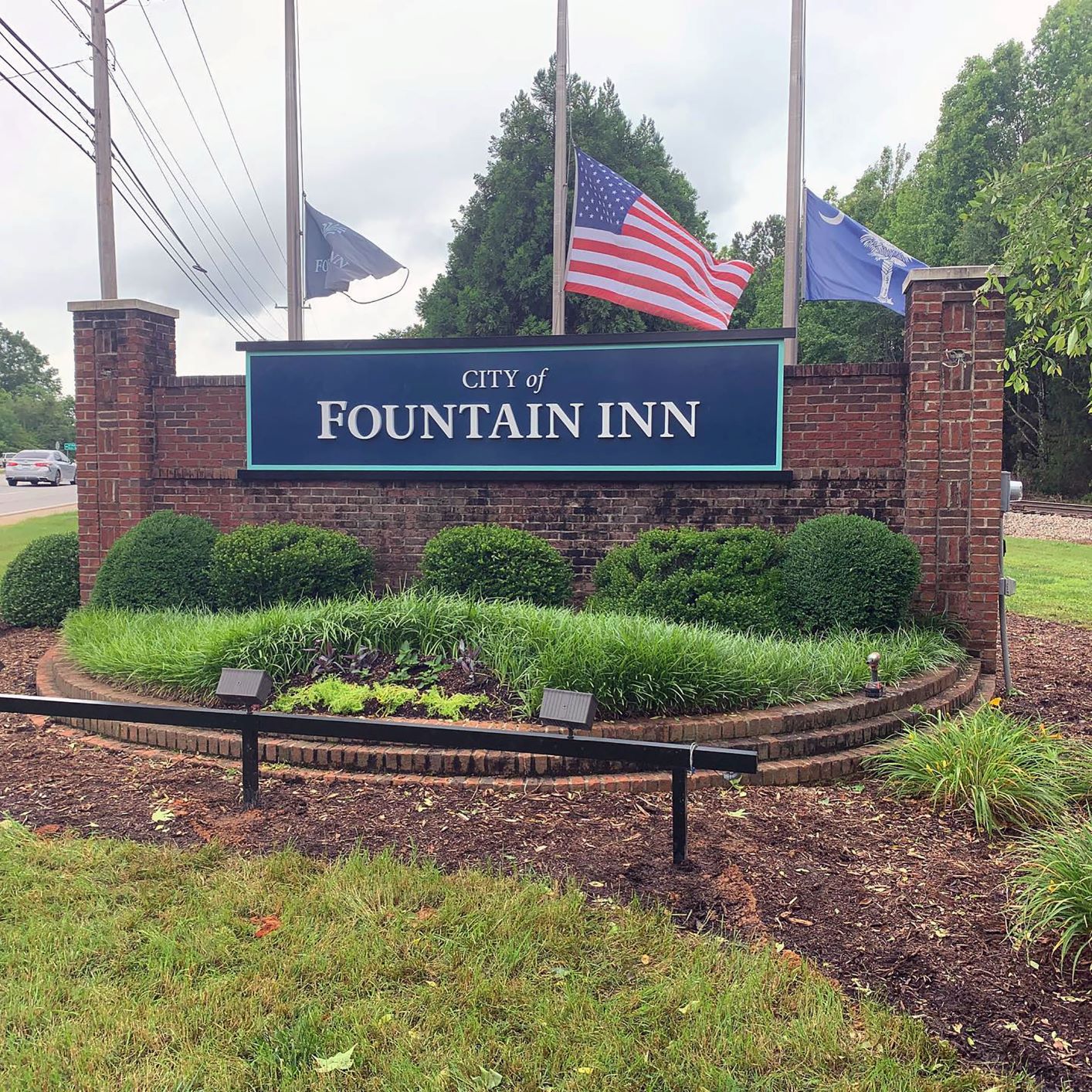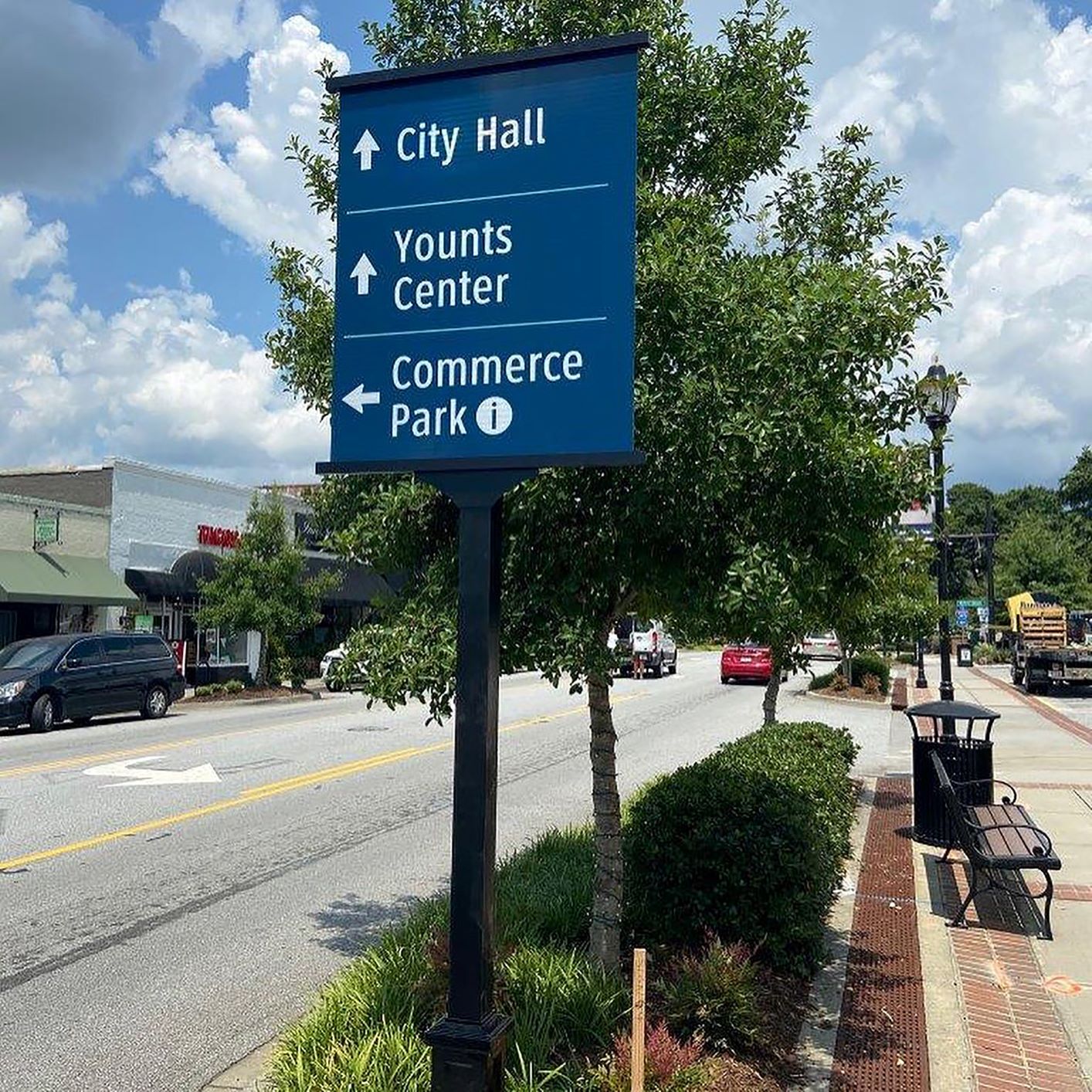What are some of the signals that a traveler is entering a city or town with a good wayfinding system?
The first clue is the gateway sign, announcing a city or town.
It can show travelers that the location is more than just a nondescript collection of businesses — it’s a real community with unique attractions.
Next come the trailblazer signs for destinations like parks, historic sites or other public places. Then, the street banners, affordable and colorful reinforcements of what the trailblazers announced, mark out districts and slow traffic. Parking and pedestrian-focused signs create the last link in the increasingly detailed wayfinding signage, converting car traffic to people walking and discovering local businesses.
A recent virtual meeting of the SC Community Development Association addressed the development and maintenance of a wayfinding system.
Shawn Terpack, art director for Greenville-based Arnett Muldrow & Associates, described wayfinding as “a way to curate the [city] experience for visitors, for residents, motorists, even cyclists and pedestrians, within communities.”
“If there is a decision point to be made from the interstate to that parking lot to that restaurant, we want to make sure that every point along the way, that we’re pointing them in the right direction.”

The presentation from Tee Coker and Shawn Terpack gave Fountain Inn as an example of a city with a wayfinding system installed relatively recently. Photos: City of Fountain Inn.

Parking signage addresses the complaints of insufficient parking common to many cities, according to Terpack. When working with communities, he often uses satellite images to show that pedestrians can walk throughout a downtown using the same number of footsteps they would when traveling from a parking space to a shelf in a big box store. The real problem, he said, is parking awareness.
He explained how cities and towns can carefully choose eligible destinations for trailblazer signs while following the stipulations of the Manual on Uniform Traffic Control Devices for Streets and Highways — for example, there should be no private or for-profit destinations.
Tee Coker, Greenville County planning director, described the process of selecting destinations as taking “an inventory of the great things that you have in your community.”
Beyond the need to keep the list limited to places that are public and noncommercial, he said communities should pursue destinations that fit their unique goals for a system.
Funding for signage can come from a city’s general fund, accommodations or hospitality tax dollars, or the SC Transportation Alternative Program. Cities can also seek funding partners, such as other cities, counties, foundations, or convention and visitors bureaus.
Once a municipality has a system designed and has easements secured for SC Department of Transportation rights of way, it can pursue sign fabrication.
Finding a reliable fabricator is valuable, Coker said, “because at some point, when you get the signs installed and you cut the ribbons — Saturday night, somebody is going to plow into your beautiful new trailblazers, and you’re going to have to figure out how to repair it or how to replace it.”
Communities often grow and evolve in ways that make wayfinding outdated. Coker suggested setting aside 10% to 15% of overall costs during the initial funding for long-term expenditures.
